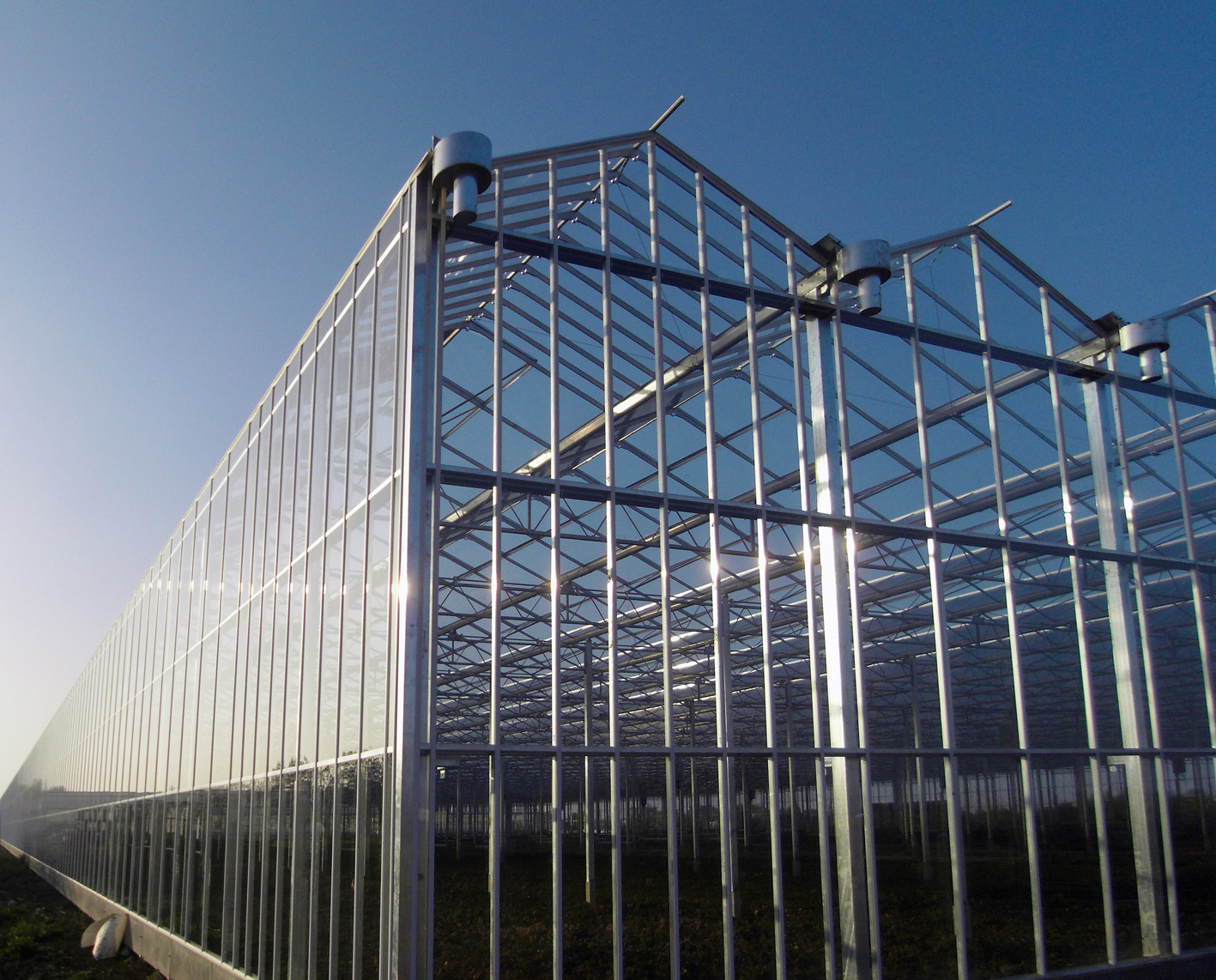
No single style or size configuration would conform to what could be defined as the ideal greenhouse.
The ideal greenhouse does not exist, as most structures and the devices and systems needed to control the greenhouse environment are the result of compromises based on a number of factors.
Location and use determine most of the features found in a greenhouse. The structural and environmental control requirements for use in a cold climatic region are quite different than those for a greenhouse located in a moderate winter climatic region, in which its primary period of use occurs during warm to hot days. It should be remembered that a greenhouse is an excellent solar collector; its efficiency as a collector is determined to some degree by its glazing, which determines light transmission and spectral filtering.
In a cold climatic region, the greenhouse design must be able to keep heated air in and cold air out.
In a warm climatic region, the ability to efficiently ventilate the greenhouse is the primary factor. Little can be found in the literature on the design and operational requirements in those climatic regions that have extremes in bot temperature and light intensity during the growing season.
In order to control out-radiation (keeping warm air inside and cold air outside), thermal blankets can be effectively used, while in order to keep excessive radiation from entering the greenhouse, shading is required. In both instances, being able to easily put in place or remove either thermal blankets and/or shade material becomes essential in order to best control the inside environment; this feature that is not commonly found in commercially available greenhouses.
The proper sizing of heating and/or cooling systems is critical in order to ensure adequate control of the inside air temperature. The ability to evenly heat and ventilate the entire mass of air in the greenhouse is a significant challenge. The best system of air movement and distribution would be to have conditioned air introduced up through the floor of the greenhouse and then vent stale hot air from the greenhouse either by openings in the roof or by air movement in the shortest distance possible by cross-flow ventilation.
With the analytical capabilities available today, together with the ease of quickly transporting samples and analysis results, growers can almost monitor their plant growing system on a real-time basis. Although a routine of periodic testing is time consuming and costly, the application of the results obtained can more than cover the costs in terms of a saved crop and superior quality production. The grower should get into the habit of routinely analyzing the water source, nutrient solution, growing media, and crop.
Source J. Benton Jones,